- Urban construction has achieved initial results, and the application scope of urban renewal should be reasonably determined

With the determination of the work objectives of the "14th Five-Year Plan", Wang Menghui, Secretary of the Party Leadership Group and Minister of the Ministry of Housing and Urban-Rural Development, wrote the "Implementation of Urban Renewal Action", taking "Urban Renewal" as the main theme of the "14th Five-Year" work in the field of urban construction.
However, for local governments across the country, urban renewal is a relatively unfamiliar concept; government-led urban renewal is very different from enterprise-based urban renewal projects in areas such as Shenzhen and cannot be of reference significance. So what needs to be done for urban renewal? How does the local government do it? Where does the funding come from? Through this article, we will provide answers and guidance for local governments; through clear concepts and implementation procedures, we will build a basic framework for local governments to implement urban renewal projects in the next five years.
Step 1: Determine the scope of implementation based on the local status quo
Why implement urban renewal actions? It is to build a livable city, a green city, a resilient city, a smart city, and a humane city, and continuously improve the quality of urban living environment, the quality of people's life, and the competitiveness of the city, and blaze a path of urban development with Chinese characteristics. Although after several years of vigorous development, the urban construction of various regions has achieved initial results, but there is still a certain distance from the urban development path of the new era and the improvement of the public service system. Each region should reasonably determine the application of urban renewal based on the current situation of the region. range. The more common ones are the following categories:
1. Overall renewal of the old town
Ten years after the "shed reform", the urban landscape in various places has been greatly improved, and the living conditions of a large number of residents have been greatly improved. However, the overall infrastructure of the old city is still generally backward, supporting public services, ecological environment, and old communities still need to be invested; therefore, the overall transformation of the old city is one of the main directions for urban renewal.
2. Protection and Renewal of Urban Features
The development of cultural tourism is an important development direction for the ecological barrier areas and the central and western regions. Many areas have a very urgent need for the protection of the urban landscape. Therefore, repairing the traditional structure of Shanshui City, protecting the traditional structure and features of historical and cultural value blocks, buildings, and affected areas, and promoting the combination of the activation and utilization of historical and cultural heritage and the improvement of urban functions are the main goals of urban construction in many regions.
3. Promote the intelligent transformation of parks and core areas
2020 is the first year for the country to promote new infrastructure, and new infrastructure is the main investment direction for urban areas in the future. Therefore, in core urban areas, high-tech parks, and economic and technological development zones, these areas can be intelligently transformed by promoting urban renewal. On the one hand, it is to promote the conversion of new and old kinetic energy and industrial upgrading in these areas; on the other hand, it is also to provide pilots and experience for the development of new infrastructure in the local area.
As the economic development and main needs of various regions are different, the scope and objectives of urban renewal implementation will be very different; each region should determine the scope of application of urban renewal according to actual needs. Integrate the development goals of the "14th Five-Year Plan" of urban construction with the scope of implementation of urban renewal, so as to lay the work goals of urban renewal projects.
Step 2: Determine the composition of the project according to the scope of implementation
When localities have determined the scope of implementation and overall development goals that are suitable for local conditions, they can use this as a blueprint to sort out the specific infrastructure and public service investments required to achieve the project, and the project composition will naturally be born:
Improvement of urban infrastructure involves demolition, construction of affordable housing, construction of leased housing, renovation of old communities, road upgrades and renovations, and renewal of pipe networks; improvement of the ecological environment involves restoration of water bodies such as rivers and lakes, wetlands, and protection of urban mountains Natural features, improving the urban ecological system, transforming and perfecting urban rivers, dikes, reservoirs, and drainage system facilities; improving public services, including the construction or expansion of educational facilities, medical and health facilities, nursing care facilities for the elderly, and community public service facilities; improving the city Managed, including the construction and transformation of new urban infrastructure of informatization, digitization, and intelligence.
When the composition of the project is determined, the economic data such as the total investment of the project will also have preliminary data; at the same time, the residents' opinions, the difficulty of demolition, and the investment in public services can also be traced to provide support for follow-up work and decision-making.
Step 3: Determine the implementation subject according to the project composition
After clarifying the composition of the project, localities can choose the implementation subject according to the actual situation: public welfare projects that fall within the scope of government investment, and the government department is the implementation subject of the project; semi-public welfare projects with self-balancing funds, Urban investment companies are used as the implementation platform; those that belong to the market-oriented category and are suitable for direct undertaking by social capital can choose social capital as the main body of implementation through a competitive method.
In the new era of urban renewal projects, there are often public welfare, quasi-public welfare, and business projects at the same time, so there can be multiple implementation subjects; according to different implementation scopes, the implementation work is divided and allocated, and the specific work Select the appropriate implementation subject for the content.
Step 4: Determine the implementation mode according to the implementation subject
After determining the implementation subject, the method to implement urban renewal also becomes natural:
If the government department is the main body of implementation, it adopts government investment, local special bonds, etc.; if the city investment company is the main body of implementation, it adopts market-oriented operation, overall fund balance, ABO, etc.; it uses social capital as the main body of implementation, Implementation of investment promotion, PPP, mixed reform and other modes.
Considering that the volume of urban renewal projects is basically large, it is unlikely to be implemented by only one subject and one model. Under the main theme of "Financial Tight Days", rational splitting and combined implementation according to the specific nature of the project is a necessary condition for better and faster implementation of the project.
Step 5: Determine the financing method according to the implementation model
With multiple modes of implementation, funds naturally need to be raised through multiple channels. According to different implementation entities and implementation models, project funds also come from different sources: if the government is the implementation entity, it can only be raised through budgetary funds and local special bonds; if the city company is the main body, it can be through undertaking bond funds and Raise funds through supporting financing, issuance of bonds, policy bank loans, special loans, etc.; if an enterprise is the main body of implementation, funds can be raised through commercial bank loans, project income bonds, trusts, investment funds, etc.
When there are corresponding financial policies, the implementation subject and scope of implementation can also be adjusted according to lower-cost funding channels and fund-raising methods; it can not only enjoy the dividends of the policy, but also help the project to be better implemented.
Step 6: Determine the implementation progress according to the funding situation
A characteristic of large projects is that funds are often in place in stages according to the implementation of the project, and sometimes there is a certain disconnection with the funding requirements and implementation progress of the project.
Therefore, in the process of implementing urban renewal projects, it is also necessary to rationally adjust the implementation schedule according to the availability of funds in different modes to match the funds with the schedule. It not only avoids the negative problems caused by the possibility of insufficient funds, but also avoids hidden debts and high-cost debts caused by temporary financing.
Step 7: Adjust the target dynamically according to the implementation progress
The implementation goal of urban renewal is ambitious, but it is also non-rigid in the short term. If the preliminary work of the project is immature, the market environment is not supported, or there is a gap in the self-balancing of the project, the implementation target should also be dynamically adjusted; on the basis of "funding balance", public welfare investment should be done within its capacity to avoid new additions. Local government debt also avoids invalid investment.
At the same time, we must also pay attention to the fundamental difference between government-led projects and corporate investment projects. The core of urban renewal is to improve the quality of urban human settlements, the quality of people’s lives, and urban competitiveness, rather than commercial profitability; therefore, on the basis of surplus , Local governments should also increase investment in infrastructure and public services to achieve the fundamental goal of people’s prosperity and a better life.
The coverage of urban renewal is very wide, and it will have completely different appearances in different regions. Therefore, it is necessary to avoid rapid progress and avoid mechanical methods during implementation. From the core concept, urban renewal projects should, in principle, realize the self-balance of project income, and realize the goal of horizontal compensation of resources by combining profitable and non-profitable projects.
This is not only the key to the successful implementation and financing of the project, but also an important red line to avoid new local debt and push up the debt of local platforms. Therefore, each locality should promote the project according to the actual situation of each locality and in accordance with this implementation process, and realize the goal of the urban renewal action through the whole process and step-by-step operation. Editor/Xu Shengpeng
Comment
 Praise
Praise
 Collect
Collect
 Comment
Comment
 Search
Search


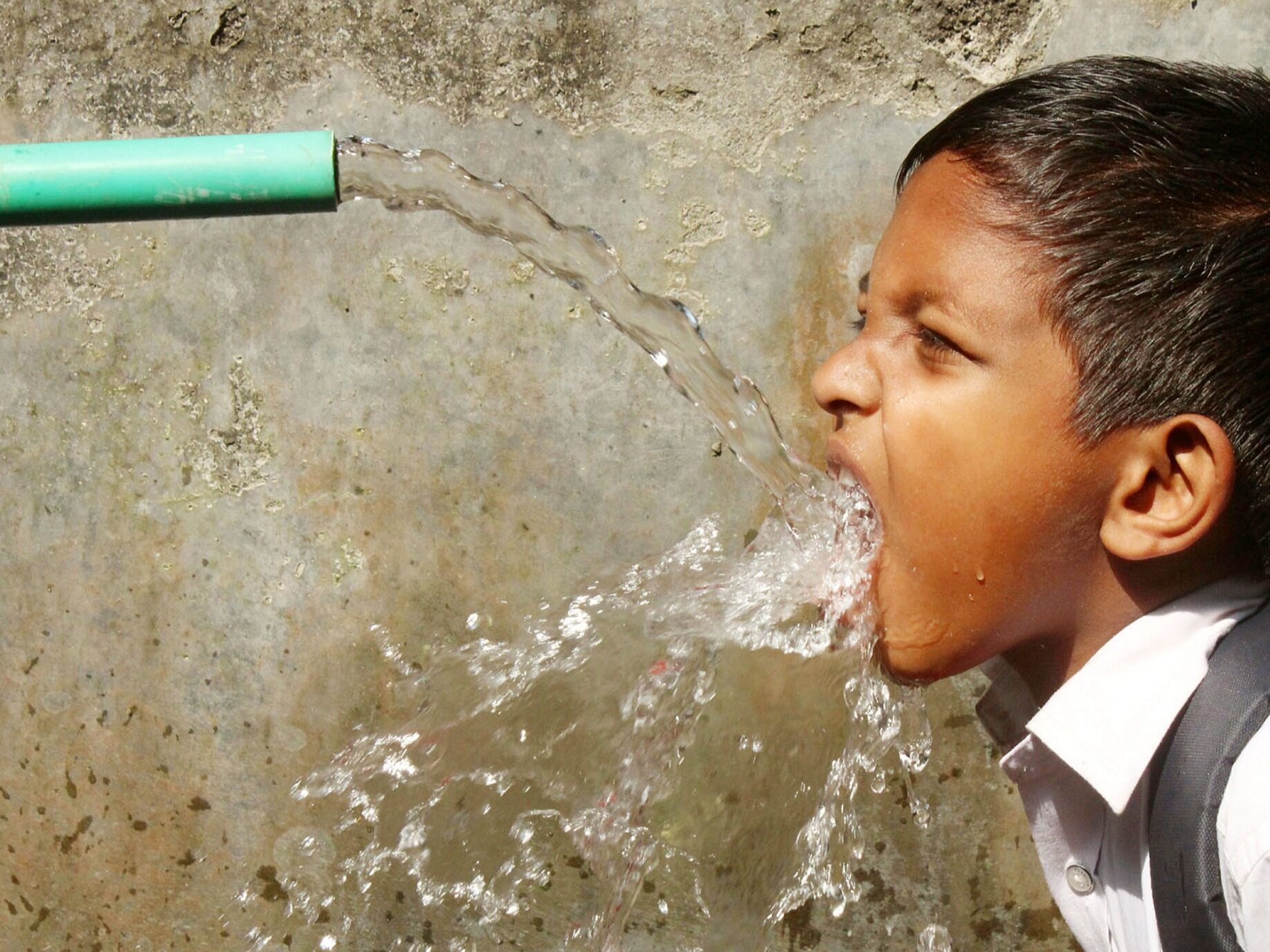
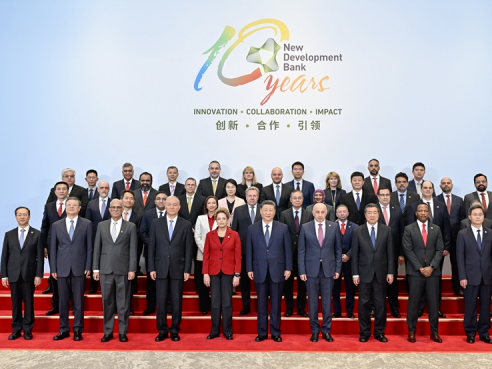
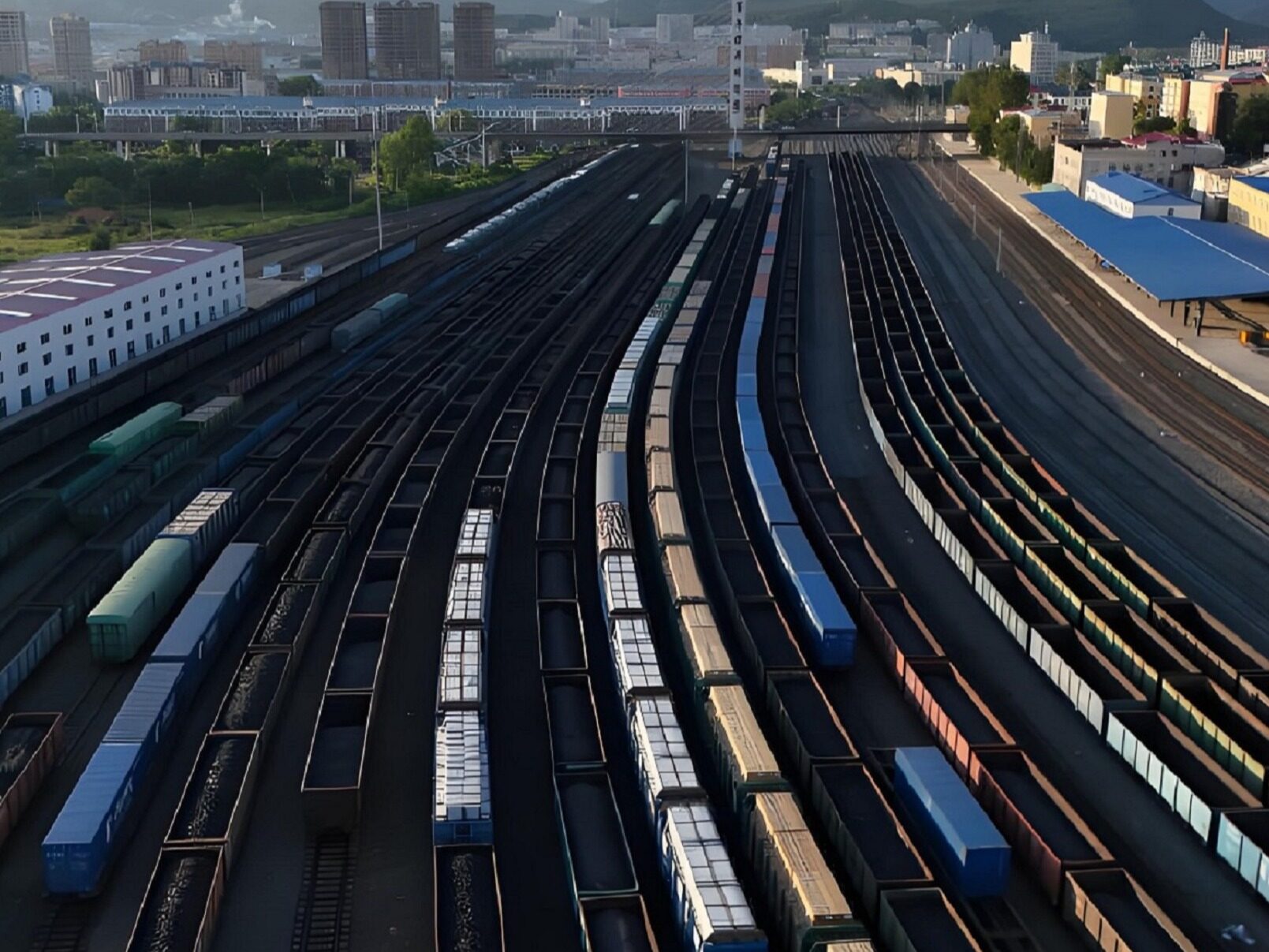
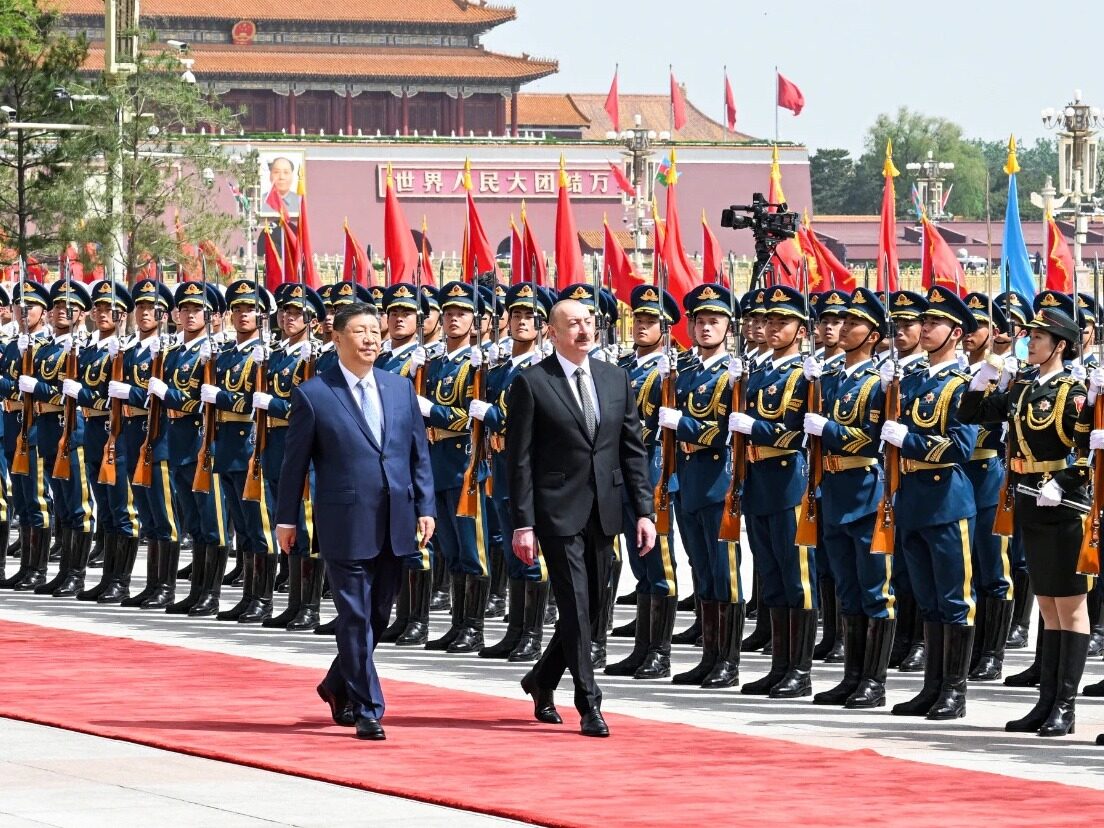
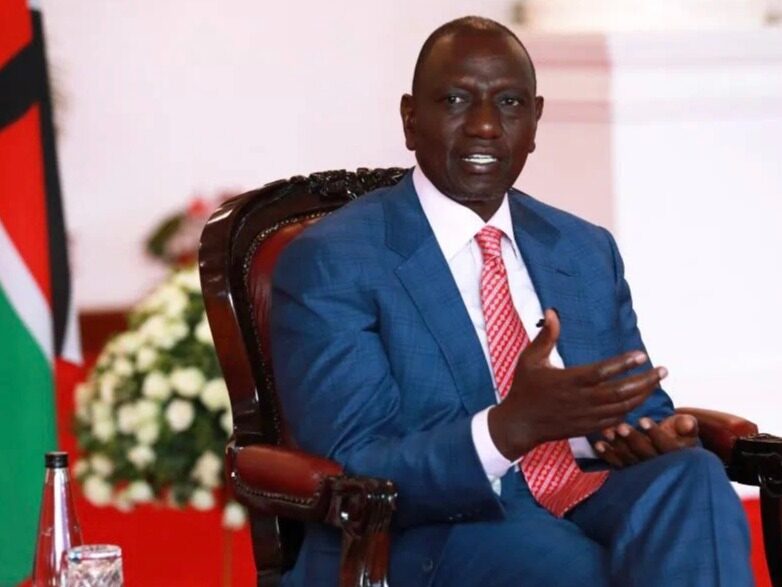
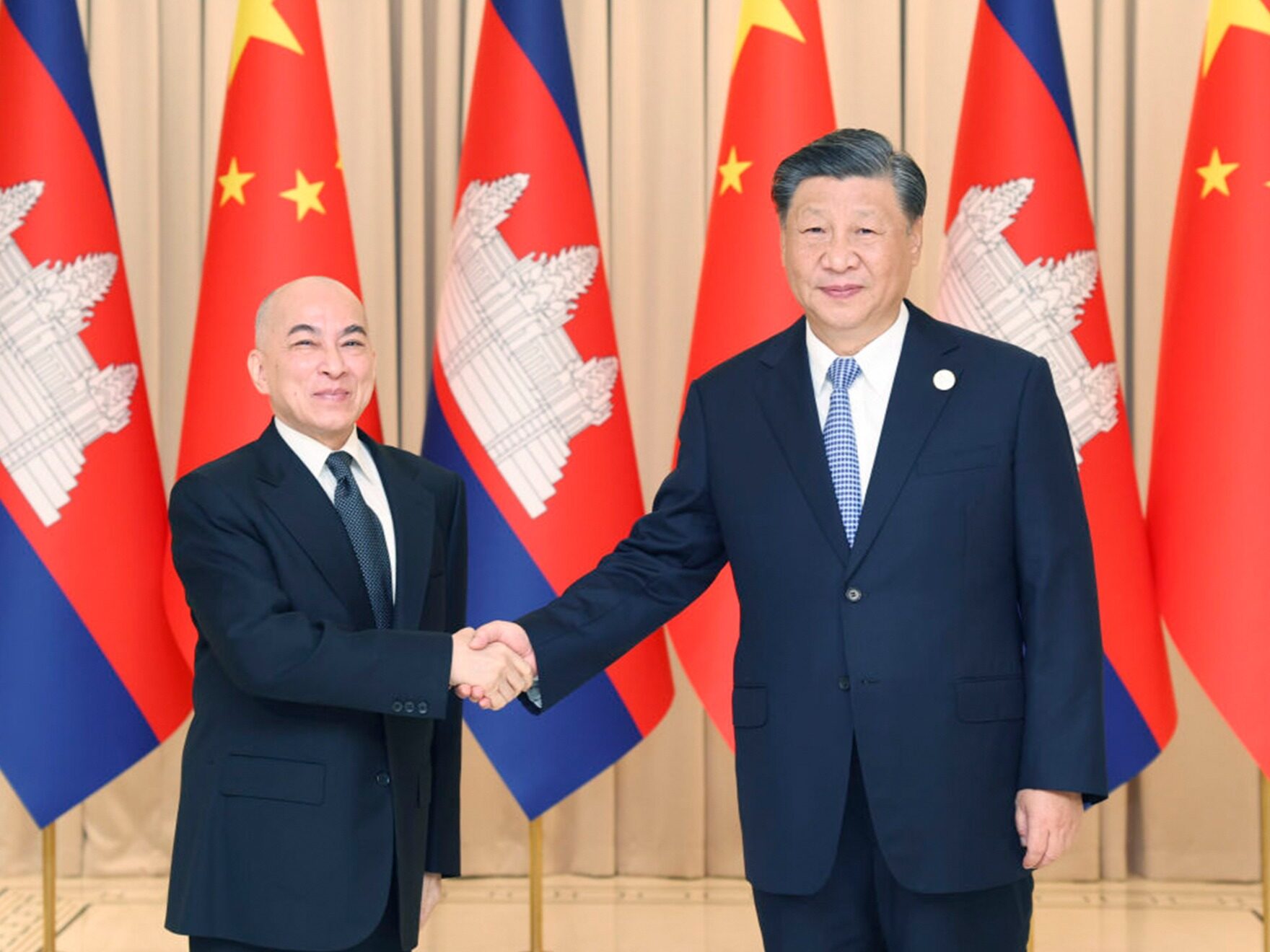






Write something~